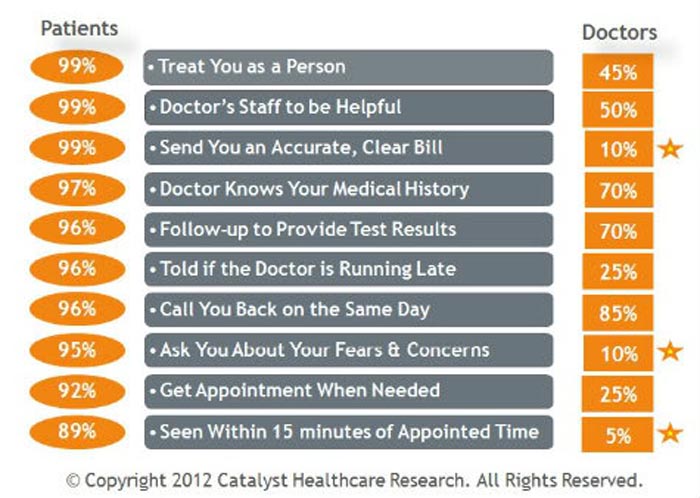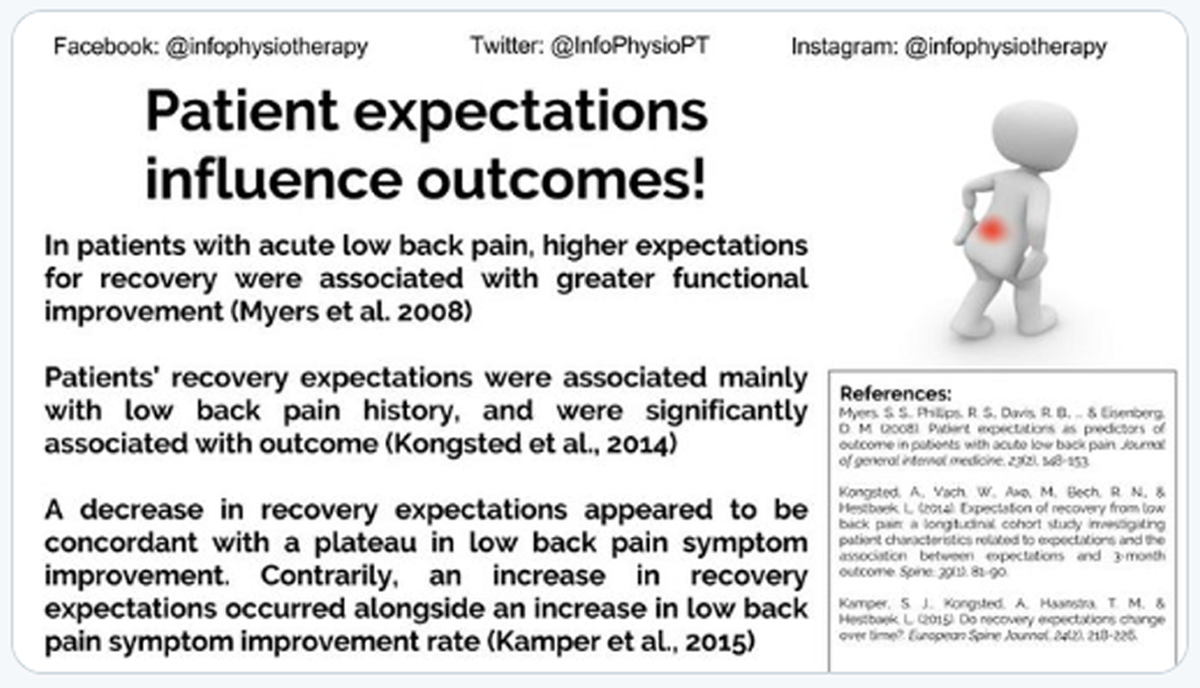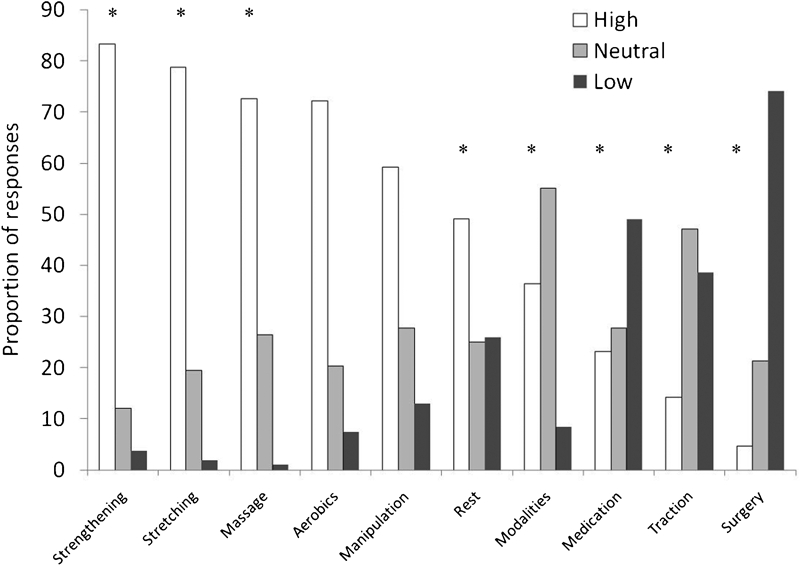Patients’ Experiences and Expectations of Chiropractic Care:
A National Cross-sectional Survey
SOURCE: Chiropractic & Manual Therapies 2015 (Jan 16); 23 (1): 3
Hugh MacPherson, Elizabeth Newbronner, Ruth Chamberlain and Ann Hopton
Department of Health Sciences,
University of York,
York, UK.
BACKGROUND: Not enough is understood about patients’ views of chiropractic care. The aims of this research were to explore patients’ experiences and expectations, their perceptions of benefits and risks, and the implications for chiropractors’ continuing fitness to practise.
METHODS: Survey questions were formulated from existing literature, published guidance on good practice from the General Chiropractic Council, and from 28 telephone interviews and a small focus group with chiropractic patients using a semi-structured topic guide. In its final form, the survey elicited patients’ ratings on expectations regarding 33 aspects of care. In a national cross-sectional survey, a number of sampling methods were required as a consequence of the low practitioner response rate.
RESULTS: In total, 544 completed questionnaires were received from chiropractic patients, a lower response rate than expected (8%). The two main benefits that patients reported regarding their chiropractic care were reduced pain (92%) and increased mobility (80%). Of respondents, 20% reported unexpected or unpleasant reactions to their treatment, most commonly tiredness or fatigue (32%), and extra pain (36%). In most cases they expressed low levels of concern about these reactions. Patients’ expectations were met for most aspects of care. The four aspects of practice where expectations were least well met comprised: having more information on the cost of the treatment plan at the first consultation (80%); the chiropractor contacting the patient’s general practitioner if necessary (62%); having a discussion about a referral to another healthcare practitioner (62%); and providing a method for confidential feedback (66%).
There are more articles like this @ our:
CONCLUSIONS: Overall, patients reported a high level of satisfaction with the benefits of their chiropractic care, although there is a likelihood of bias towards patients with a positive experience of chiropractic. There were no serious adverse reactions; however, patients reported concern about pain, tingling and numbness in the limbs after chiropractic. In general, patients’ expectations were being well met.
KEYWORDS: Benefit; Chiropractic; Fitness to practice; Patients’ expectations; Patients’ experiences; Risk
From the FULL TEXT Article:
Background
There is a growing body of research into patients’ expectations and experiences (including adverse reactions) of complementary therapies. The OPEn Study [1] funded by the UK’s General Osteopathic Council explored patients’ expectations and experiences in relation to the benefits, risks and side effects of osteopathic treatment.
It prioritised five areas of practice for the profession and the regulator to consider:
the clinic environment;
professionalism;
treatment;
relationship; and
outcomes.
It found a high level of satisfaction amongst patients consulting osteopaths working in private practice and most of the more widely held expectations were being met. Many of these related to the overall ‘customer experience’ but others were concerned with the therapeutic process and included the importance of “informing patients about what to expect in relation to treatment and outcomes including side effects”. [1] The study identified some gaps between expectations and delivery of care which could have a negative effect on the outcomes of care, and suggested that these gaps could be reduced by improving care and/or managing expectations better.
There has been relatively little work on the expectations of patients of chiropractic. One study conducted in Sweden [2] found that whilst patients and chiropractors had similar expectations in relation to key areas such as the chiropractor diagnosing and explaining the nature of the problems to the patients, there were other important areas where expectations differed. In particular, patients were more likely than their chiropractor to expect a rapid (i.e. within one to two treatments) improvement in their condition. They were also more likely to expect to be given advice about how to manage their problem and exercises to do between treatments. Interestingly, the OPEn Study highlighted this as an area where the level of unmet positive expectation was relatively high.
In a Dutch study [3] on the benefits and risks of chiropractic care for neck pain, 529 patients provided data that showed that adverse reactions are rarely severe in nature and for most patients the benefits outweighed the risks. Two studies [4] commissioned by the UK’s General Chiropractic Council (GCC) in 2009/10 brought together information from clinical research about the risks of chiropractic, and examined the possible costs of adverse reactions and sub-optimal outcomes. They concluded that ‘suboptimal outcomes’, such as delayed or missed diagnosis, missed recognition of contra-indications, inadequate care-management and poor record keeping, were of more concern (and had greater cost implications) than significant adverse reactions.
Whilst much can be learned from these and other studies, both from their direct work with patients and the wider literature reviews, the GCC identified an evidence gap in relation to UK chiropractic patients’ views and expectations. Moreover the GCC was also reviewing its approach to the revalidation of registrants, and as part of this process wanted to gain a fuller understanding of patients’ views of chiropractic care, in particular people’s assessment of the risks and benefits of chiropractic treatment, their expectations of chiropractors, and their experience of them. In this context, the GCC commissioned independent researchers from Firefly Research & Evaluation, in partnership with the Department of Health Sciences at the University of York, to carry-out research with a focus on the experiences and expectations of patients and the extent to which these expectations were met. The results of the research outlined in this report were designed to inform the GCC’s work on revalidation. This paper presents an overview of the survey results.
Read the rest of this Full Text article now!







Leave A Comment